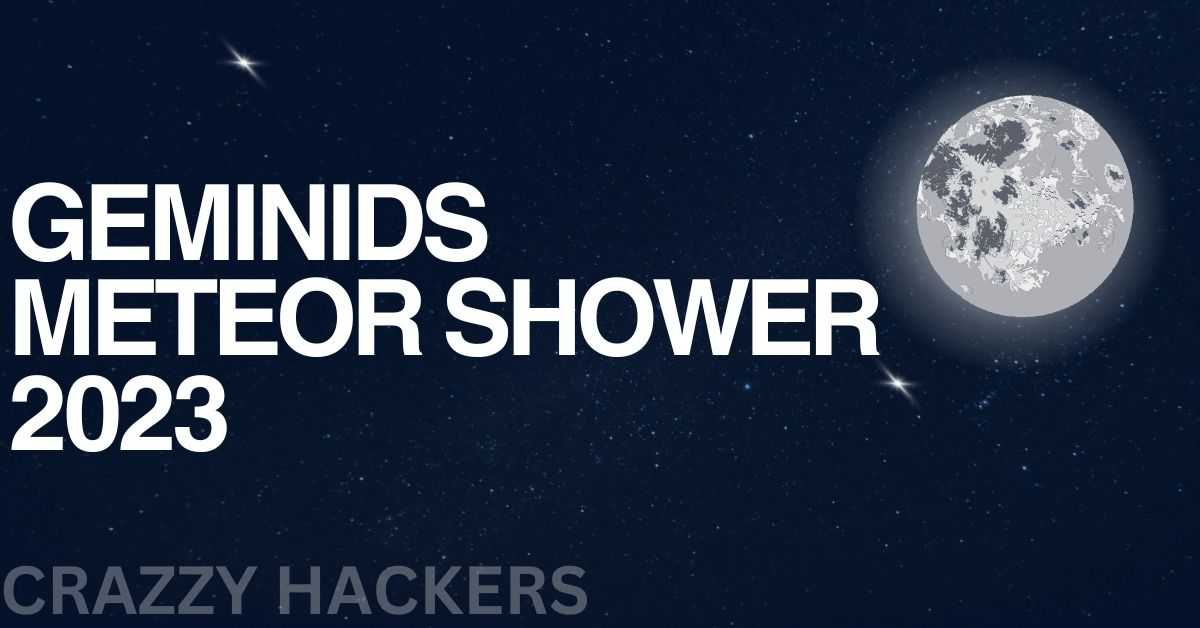One of the best meteor showers of the year peaks this week, and if conditions are clear, experts say skywatchers could be treated to up to 120 shooting stars per hour.
The annual Geminids meteor shower has been active since late November, and the shooting stars will peak Wednesday night into early Thursday.
According to NASA, the Geminids are considered one of the best and most reliable meteors of the year. Under ideal conditions—clear weather and away from light pollution—star geysers can see more than one meteor per minute in the night sky.
This year, there will be minimal moonlight to interfere with the colorful sky show, NASA said.
The Geminids are known as bright and fast meteors, often appearing yellow or white in color, although they can also be green, red, and even blue.
“Most meteors appear colorless or white, however the Geminids appear with a green tint. They are beautiful meteors!” Bill Cook, lead of the Meteoroid Environment Office at NASA’s Marshall Space Flight Center in Huntsville, Alabama, said in a blog post earlier this month.
Shooting stars can be seen anywhere in the world and are best seen at night and in the pre-dawn hours. Meteors will be seen emanating from the constellation Gemini, which will rise in the northeastern sky.
According to NASA, it’s best to view the Geminids while sitting or lying down with your feet facing south. The best location is away from city lights and other forms of light pollution, in a location that allows you to see as much of the sky as possible.
It’s also best to let your eyes adjust to the dark for 30 minutes. The meteors will start to appear around 9 pm. or 10 p.m. local time, but skywatchers who venture out even later — between midnight and 2 a.m. — can be treated to a more impressive sky show. For those in the Northern Hemisphere, this likely means gearing up and getting ready for winter.
Meteor showers occur when Earth passes through large clouds of debris left behind by a comet or asteroid. As these particles hit the planet’s atmosphere, they vaporize and appear as fast-moving streaks of light across the sky.
Geminids 3200 come from the remnants of an asteroid called Phaethon, which takes 524 days to orbit the Sun. The tiny space rock, which measures about 3.2 miles across, was first discovered in 1983.
Although the Geminids peak this week, the meteor shower will remain active until December 24, according to NASA.





